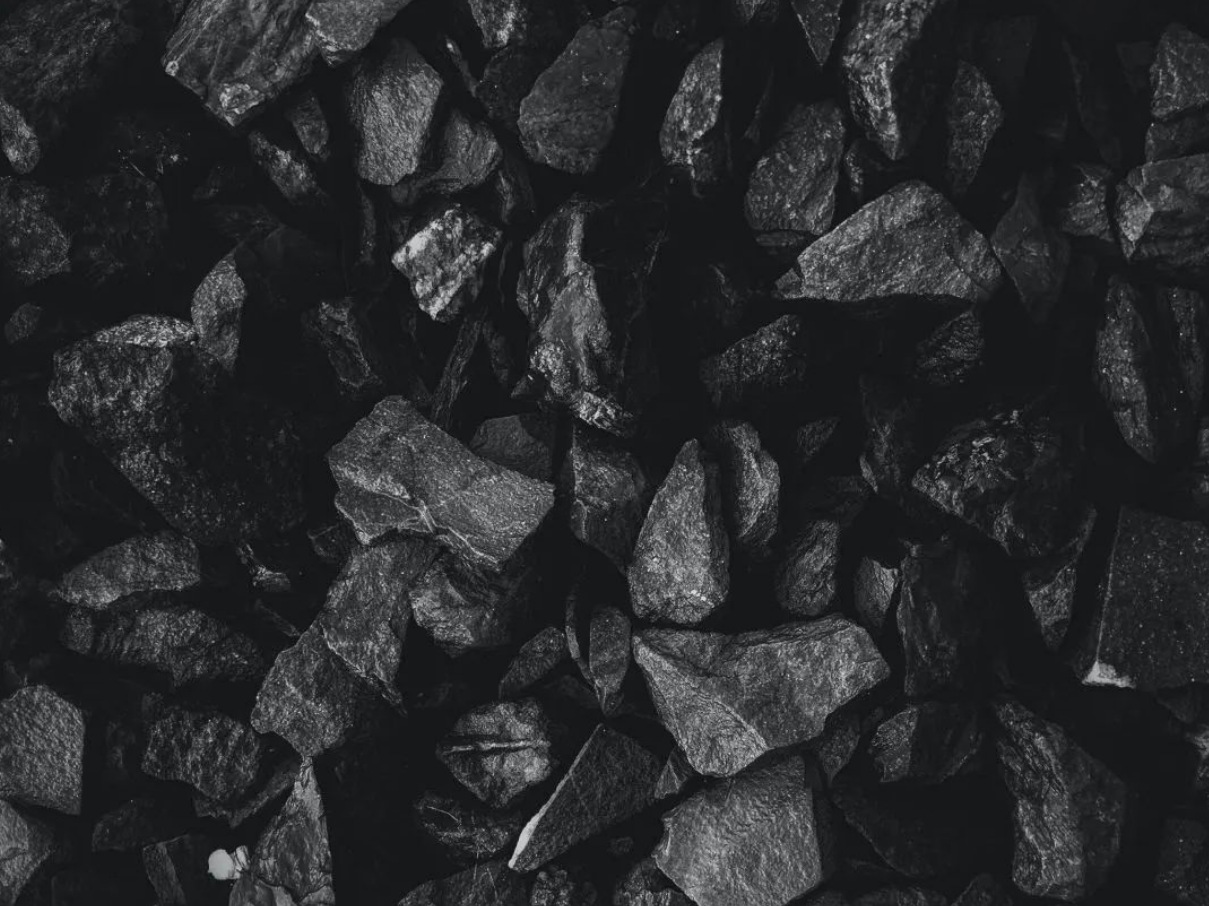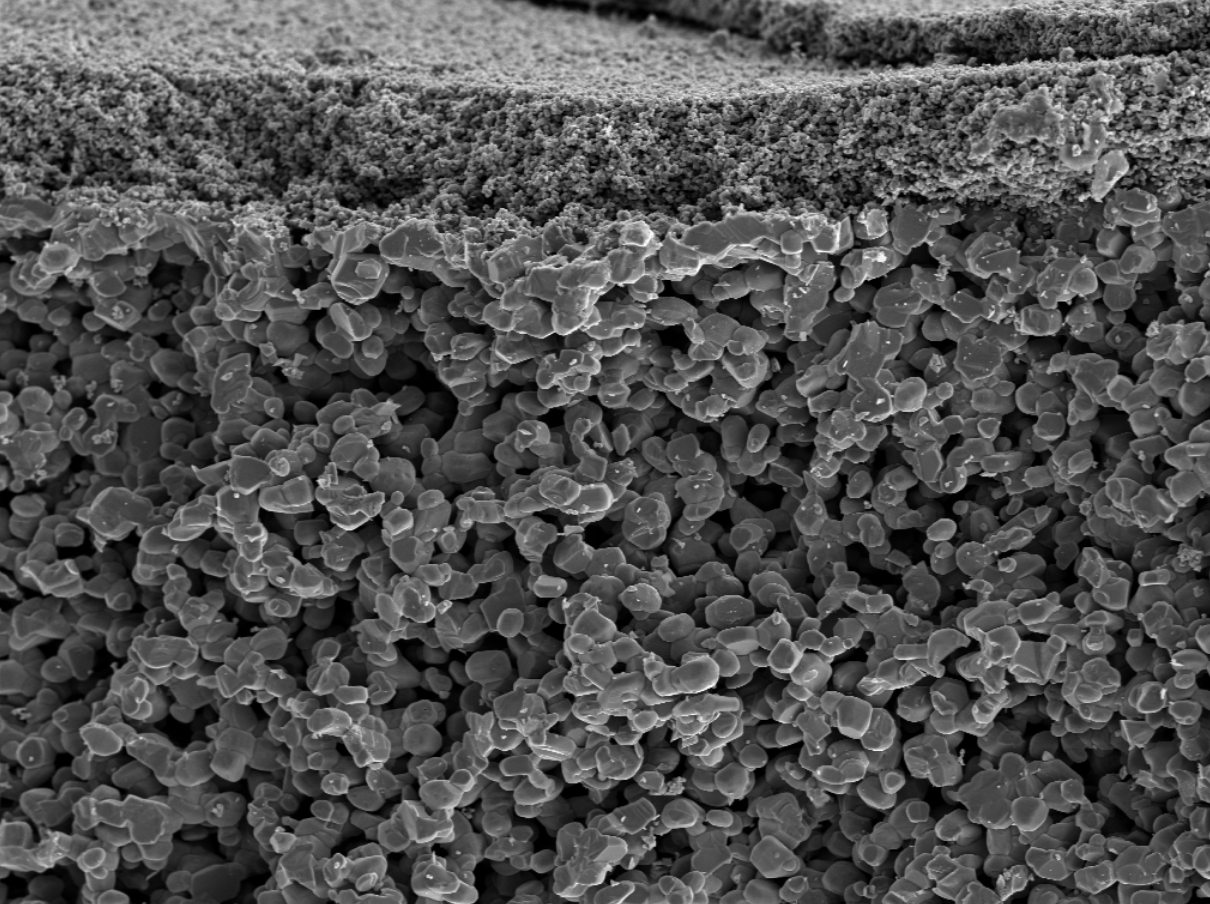18072885002
Mine water refers to a series of physical, chemical, and biological reactions that occur during the mining process of coal, where groundwater comes into contact with coal seams and rock layers, combined with the influence of human activities. Therefore, the water quality has significant characteristics of the coal industry.
The water quality characteristics of mine water
In order to reduce the impact of coal production and development on the environment and improve the comprehensive utilization level of water resources, "The 13th Five-Year Plan" for the development of the coal industry proposes the goal of achieving a national comprehensive utilization rate of mine water of about 80% by 2020. Due to the lack of water resources and low environmental carrying capacity, some areas in China have high levels of mine water mineralization. In order to reduce the impact of mine water on the environment, some western mining areas require zero discharge of mine water.
Characteristics of mine water quality
1.The suspended solids content in coal mine water is significantly higher than that in surface water, and it is very unstable with poor sensory characteristics;
2.Suspended particles have small particle size, light specific gravity, and slow settling speed. The diameter of suspended particles in mine water is small, with an average of only 2-8 μ m. More than 85% of the total suspended solids have a particle size of 50 μm below ; The average density of coal powder is generally only 1.3-1.6g/m ³, Significantly smaller than the average density of sediment particles in surface water, ranging from 1.9 to 2.6 g/m ³;
3.Containing organic pollutants, in addition to coal powder itself being organic matter, the water also contains a small amount of organic matter sources such as waste engine oil, emulsified oil, decayed pit wood, and underground feces;
4.Suspended solids in mine water are mostly a combination of organic matter (coal powder) and inorganic matter (rock powder), and the molecular structure of coal varies greatly in different coalification stages. The number of charges carried on the surface of coal particles also varies, resulting in significant differences in their hydrophilicity. 90% of the suspended solids are between the suspended and colloidal states, with a potential between -20~30mV. The mutual repulsion between charges causes the suspended solids in the mine to be unable to settle naturally.
Therefore, mine water treatment technology often adopts a combination of coagulation pretreatment process and membrane deep treatment to purify.
The characteristics of silicon carbide membrane
· The silicon carbide membrane developed by JMFILTEC is sintered using a recrystallization process, with a sintering temperature of 2400 ℃. During the sintering process, the sintering neck between orthopedics undergoes a phase transition from solid to gas to solid, with an pore opening rate of over 45%. The formed filter channel has strong connectivity, coupled with the inherent hydrophilicity of silicon carbide (contact angle only 0.3 °). The pure water flux is as high as 3200LMH, making it hydrophilic and oleophobic.
· The isoelectric point of silicon carbide material is around pH 3, and the membrane surface maintains negatively charged over a wide pH range, improving the membrane surface's resistance to pollution.
· Excellent chemical stability, capable of working in extreme environments (pH 1-14 is acceptable); Rich cleaning plans can be developed based on the characteristics of pollution factors; Oxidants are fully tolerant, including ozone and hydroxyl radicals.
☆High work efficiency per unit area of silicon carbide membrane;
☆The advantage of anti pollution characteristics brought by the negative charge environment on the membrane surface;
☆Good cleaning and regeneration effect.






